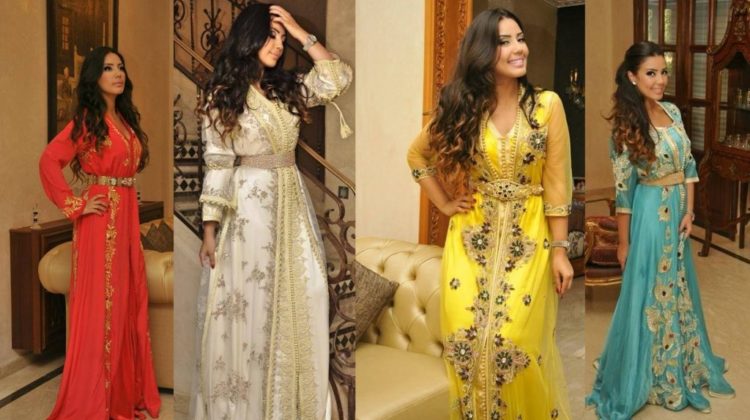
The enchanting land of Morocco full of wonders is a country rich in terms of history, traditions, culture, religion and geography. The dress code is one of the many aspects that have been influenced by this diverse cultural heritage.
Typically, Moroccans continue wearing the traditional clothing of their predecessors without extensive variation or influence from the Western fashion.
Traditional clothing for women and men in Morocco consists of long flowing robes with hoods or headscarves and traditional slippers. Made out of harmonious colors and luxurious fabrics, these magnificent costumes have been cultivated since the ancient times of Moroccan history, and still are a part of the living tradition of the country today.
The Djellaba:
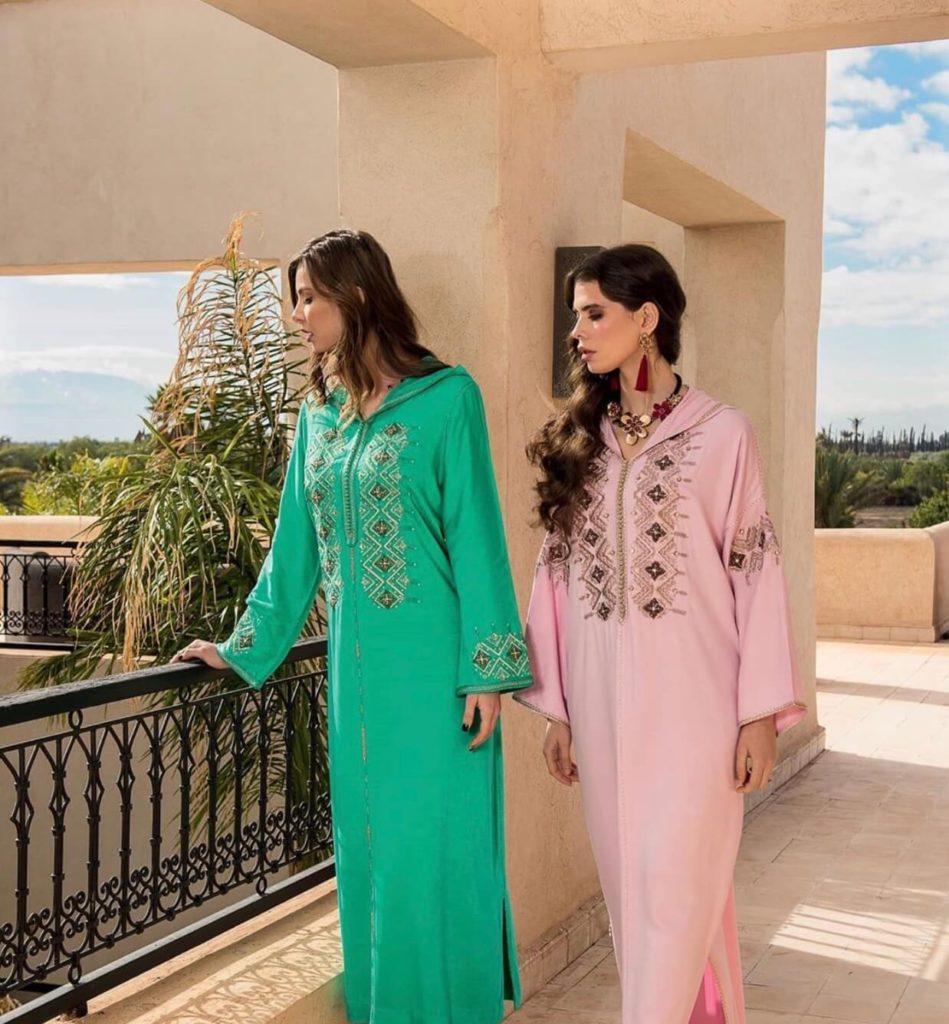
This traditional long loose-fitting hooded garment is worn by both men and women. It is the most popular traditional robe in the countries of Maghreb. It is commonly worn with a belgha, a traditional sleeper made of out leather.
The fabric of the Djellaba changes according to the weather. During the summer Moroccans would wear light cotton made Djellaba and during the winter, they’d wear a Djellaba made of wool, to keep them warm.
The Caftan or Kaftan:
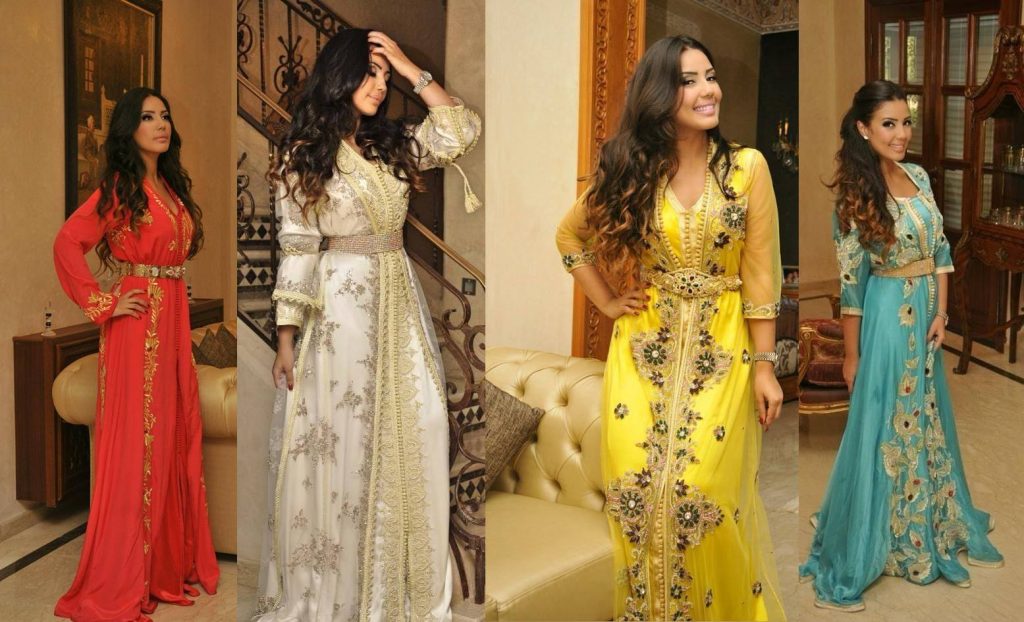
http://www.caftan-catalogue.com/
The Caftan is a world-widely famous dress worn by Moroccan women for special occasions such as weddings or engagement parties. This luxurious traditional garment has gained a new air of modernity by contemporary fashion designers.
A bride would wear an overly decorated caftan for her big day. The Djellaba, unlike t he Caftan doesn’t have a hood and can have shorter sleeves; it is also fastened in the front row.
Read More: Morocco Kaftans
The Takchita :
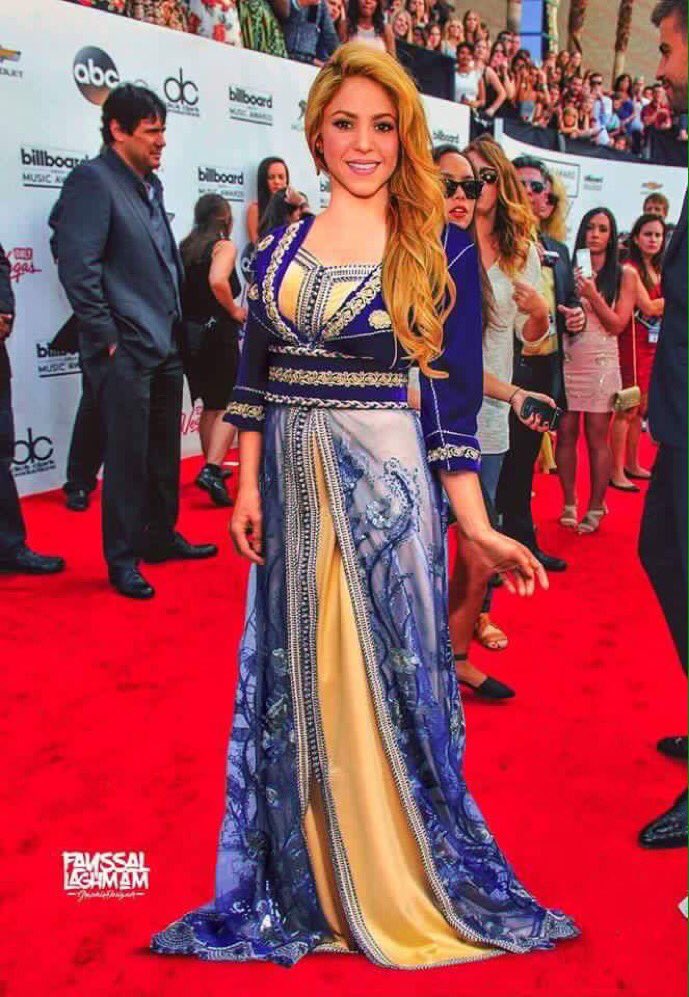
Similar to the Kaftan and also worn for weddings and traditional special occasions, the Takchita comes in a double-layered design: a caftan as an under piece and a usually transparent dress as an upper layer. The takchita is basically a Caftan worn with an upper layer and a belt (Mdama).
It can be made from various fabrics such as brocade, Kashmir or velvet. The belt or Mdama, is made of gold or silver and decorated with emeralds or rubies.
The Haik:
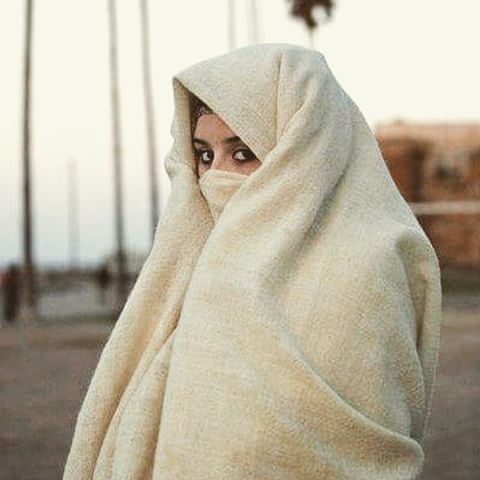
Worn by women in more cold and conservative areas of Morocco, the haik is a traditional white outdoor costume, made of silk and wool. It covers the whole body except the face and hands.
This large piece of garment is a symbol of modesty and discretion
The Gandoura :
This summer costume is worn by both women and men. The Gandoura is both a graceful and a comfortable robe side pockets, made out of woven thread.
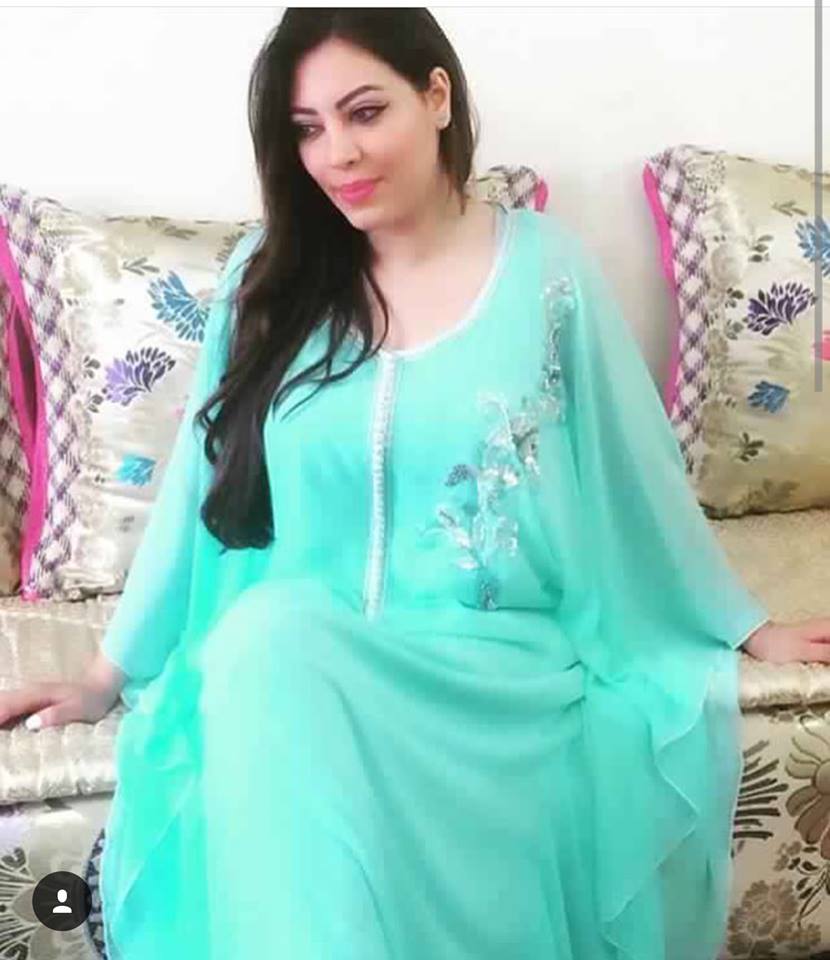
It’s a Berber traditional hoodless dress with short sleeves, also popular in Algeria.
The Deraa :
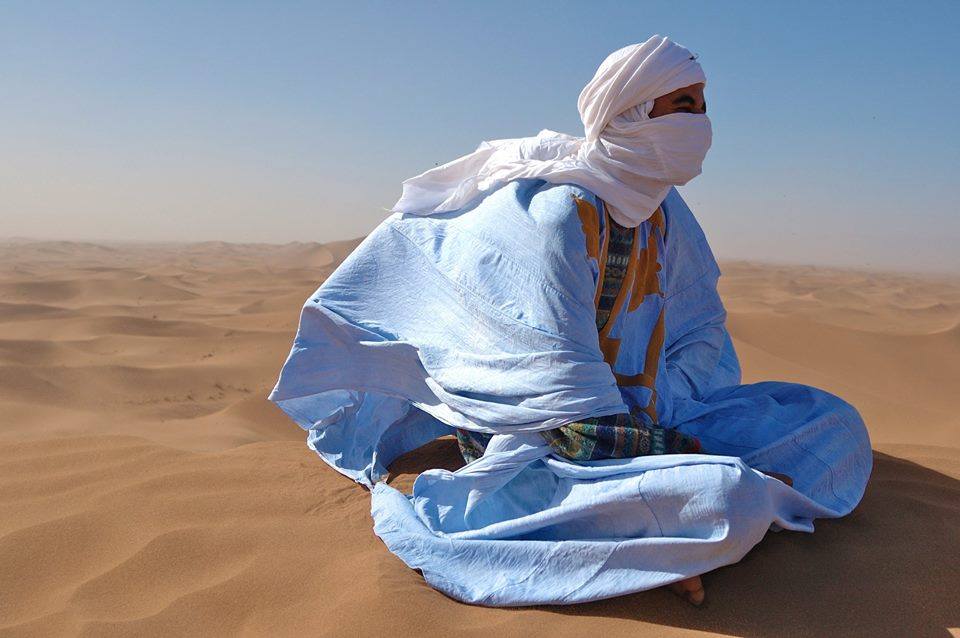
In the Sahara, men wear a loose gandoura open on the side called the Deraa. Thus, it keeps the body ventilated. The golden seams on the front are usually handmade. Sahrawis wear quandrissi pants under their gandoura: a traditional baggy pants that allows men to sit more comfortably on the floor. The Deraa comes usually in two colors, the blue Deraa is worn for the everyday life and the white one is for wedding and other special occasions.
The Qandrissi trousers:
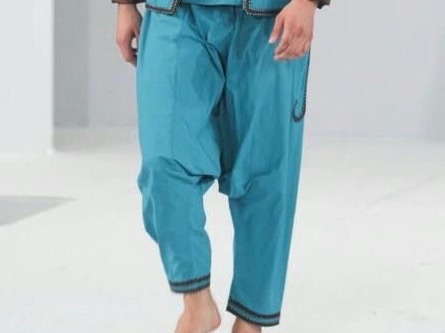
Also known as Aladdin trousers or harem pants, these comfortable voluminously baggy pants, with crotch down to the knee and deep pockets (that are very practical) are originally Persian pants that Moroccan men used to wear. It has this hippie side that attracts tourists and comes in different styles and colors.
The melhfa:
Very different from the djellaba, the melhfa is a popular dress worn by women in southern Morocco. Sahrawi women wear the melhfa to protect themselves from the blowing sand.
It’s a very large fabric with bright colors, about 4 meters long and it wraps around the body to keep it protected from the heat. Usually worn in black or blue, the melhfa has known some changes as younger generations wear it with more joyful colors.
Some links below may be be affiliate links. As an Amazon Associate I earn from qualifying purchases.
Looking to Own Your Own Kaftan or Takchita?

